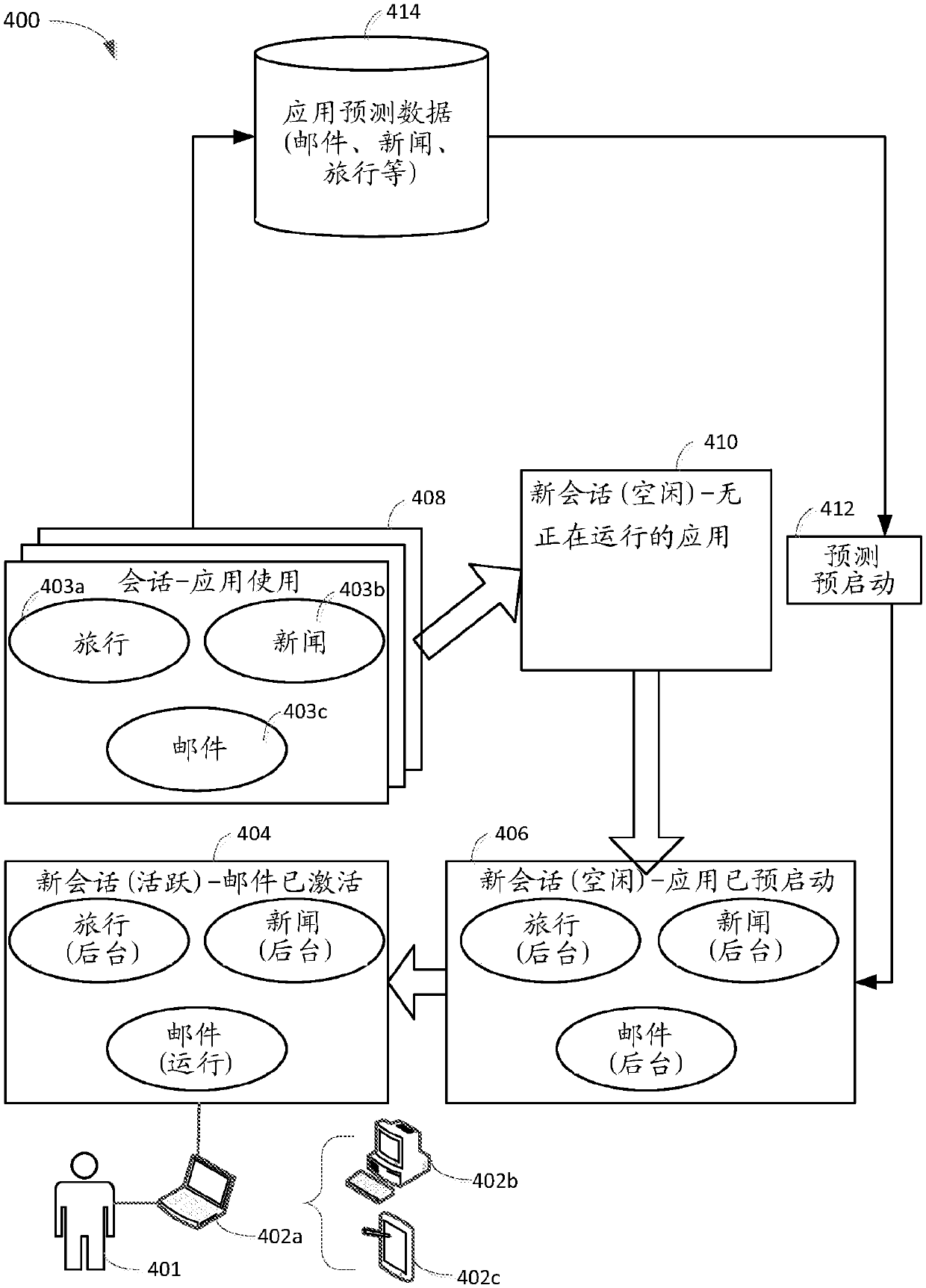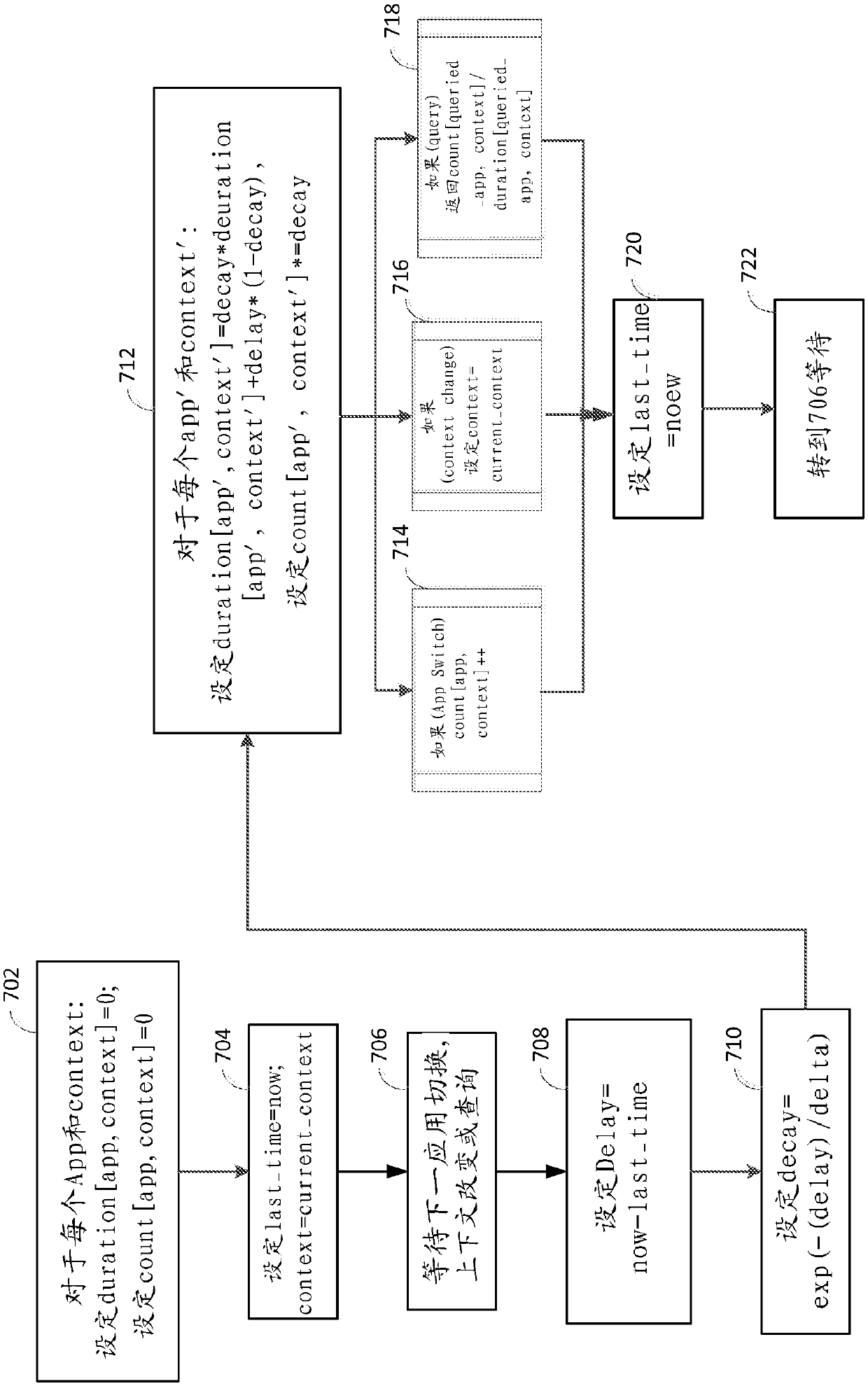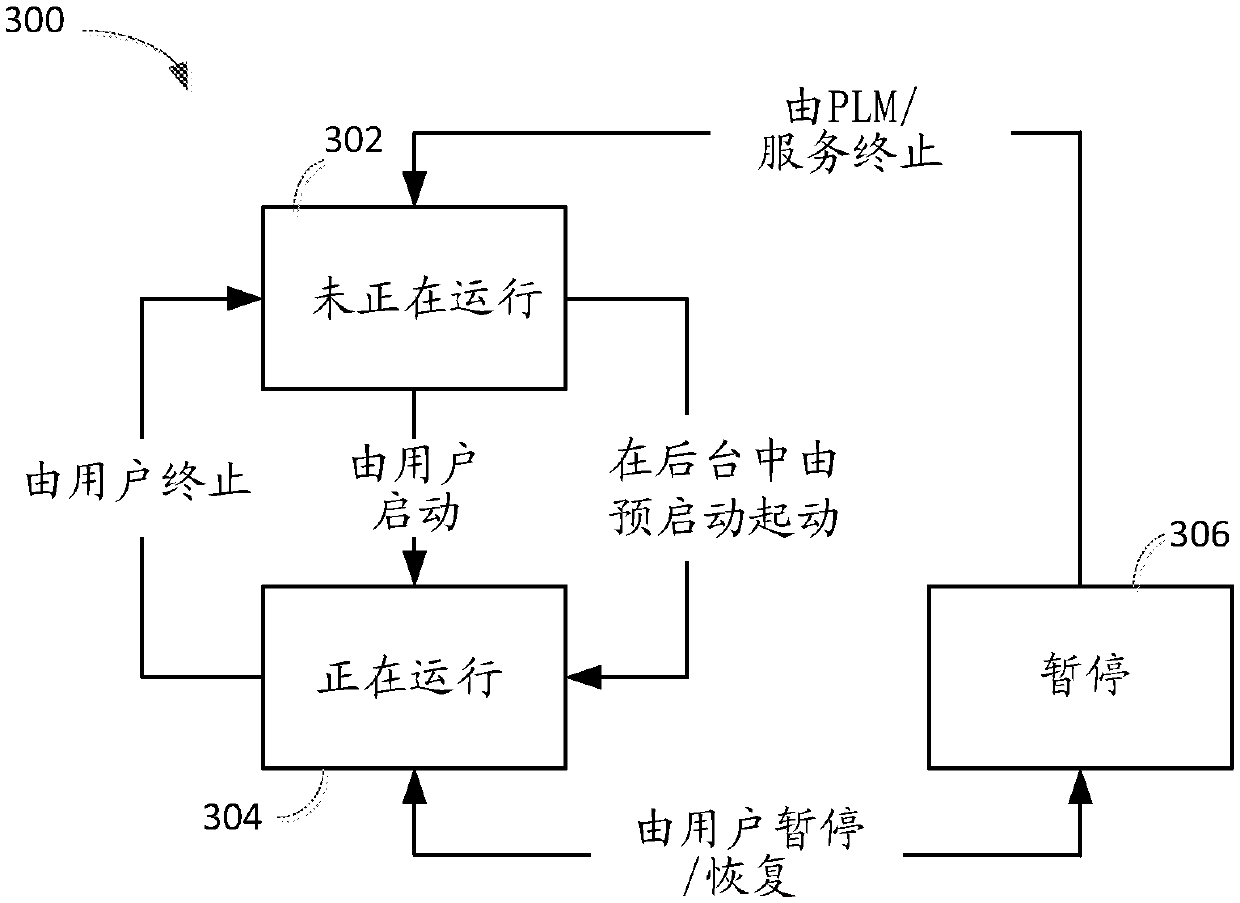Managing a succession of deployments of an application programming interface (api) server configuration in the software lifecycle development
A pre-start, predictor technology, applied in the direction of program loading/starting, instrumentation, calculation, etc., can solve problems such as insufficient response to users or expected performance, less effective, etc.
- Summary
- Abstract
- Description
- Claims
- Application Information
AI Technical Summary
Problems solved by technology
Method used
Image
Examples
Embodiment 1
[0091] Example 1: Overall Rate Predictor
[0092] If the predictor has observed user duration d and event occurrence n times, a natural estimate is to use . if t 0 is the time when the predictor starts to observe the user, then t i is the number of observations of the target event, and t is the current time, then the predictor can take:
[0093]
[0094] give
[0095]
Embodiment 2
[0096] Example 2: Per-Context Rate Predictor
[0097]Assume that the predictor knows that rates can have different contexts. For example, suppose the rate varies on different days of the week. Then, if t = "13:21.02, Friday, May 31, 2013", you might use:
[0098]
[0099] If the rate of events of interest varies within the first minute of login, you might use:
[0100]
[0101] In general, if the context at time t (e.g., day of the week, time of day, or whether it is within or after a certain time logged in) is c(t), then it is possible to compute at each context c (e.g., on Sunday, Monday, ..., Saturday) the number of times the event of interest was observed, which can be represented by n c (t) represents and possibly computes the total duration of observing the user in each context c, which can be denoted by d c (t) representation, and use:
[0102]
[0103] If I c (t) is a function equal to 1 when the context is 1, and 0 otherwise, you might use:
[0104] ...
Embodiment 3
[0105] Example 3: Rate Predictor of Decay
[0106] As t increases, count n c (t) and duration d c (t) grows larger and becomes subject to increasingly outdated user behavior. To overcome this problem, recency-weighting may be introduced such that more recent actions are weighted more heavily in count and duration. One option could be exponential weighting, where, when estimating counts and durations at a later time Δ, at time The behavior of the given weights . In this case it is possible to use:
[0107]
[0108]
[0109]
[0110] If an event (in this case, an app switch) changes in context (e.g., a change in day) and the query (i.e., the PLM query predictor) moves forward in time ( forward) occurs, these counts (count), rate and duration (duration) can be calculated, which in Figure 7 Illustrated in flowchart form in and repeated here as follows:
[0111] 1. For each application (app) and context (context): set duration[app, context]=0, set count[app, con...
PUM
 Login to View More
Login to View More Abstract
Description
Claims
Application Information
 Login to View More
Login to View More - R&D
- Intellectual Property
- Life Sciences
- Materials
- Tech Scout
- Unparalleled Data Quality
- Higher Quality Content
- 60% Fewer Hallucinations
Browse by: Latest US Patents, China's latest patents, Technical Efficacy Thesaurus, Application Domain, Technology Topic, Popular Technical Reports.
© 2025 PatSnap. All rights reserved.Legal|Privacy policy|Modern Slavery Act Transparency Statement|Sitemap|About US| Contact US: help@patsnap.com



